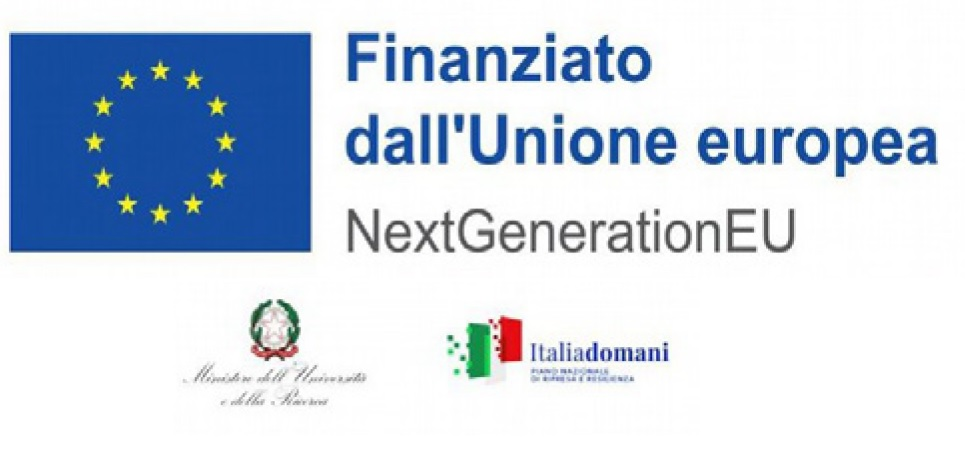|
|
Abstract of the project
Green and sustainable voltage generators, which feed electric currents into electronic circuits by utilizing waste heat, are possible thanks to thermoelectric energy harvesting. In this proposal, we plan to develop the spintronic equivalent of thermoelectric energy harvesting, that is spin generators based on non-magnetic materials that are charged by waste heat and can be used to feed spin currents into spintronics circuits. The microscopic mechanisms of our spin generators charged by heat operates in the diffusive regime, hence in principle also at room temperature. Our materials of choice are Van der Waals dichalcogenides (VdWDs), which combine remarkable thermoelectric power factors, comparable with values of commercial thermoelectrics, and very large spin-orbit coupling. The former property allows efficient conversion of thermal gradients into diffusion currents of electrons, while the latter property allows efficient conversion of longitudinal electric currents into transverse spin currents. In addition, within the platform of VdWDs, possibility of intercalation, solid solutions or hetero-stacking, as well as presence of multiphasic compounds with varied electronic and spin properties, offers the opportunity of tuning the microscopic mechanisms under investigation and design integrated multifunctional circuits for electronics and spintronics.
The project activity includes (1) selection of VdWD compositions, mechanical exfoliation and transfer; (2) structural and morphological characterization, measurements of electric, thermoelectric and spin transport by magneto-transport and magneto-optic characterization; (3) design, fabrication and characterization of spin generators charged by heat currents, integrated with spin valves; (4) theoretical calculation of electronic, thermoelectric and spin transport by combining ab initio and modelling methods; (5) final assessment of the potential performances, size scalability and application possibilities of the proposed device.
We expect that a successful outcome of this project could have a significant impact in the route to search for:
(i) novel material platforms for electronics, which could overcome the approaching intrinsic limits of conventional semiconductors;
(ii) novel concepts to encode information, other than conventional electronics based on electric charge currents. In particular, carrying information via the spin degree of freedom opens the possibility of logic operations with much lower power consumption and higher speed than equivalent charge-based ones;
(iii) establishing new green and sustainable technologies.
This three-fold challenging route could tackle societal, industrial, and computational needs of the future.




